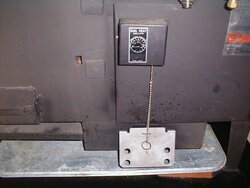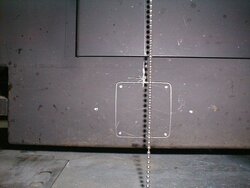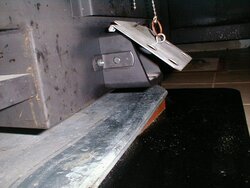We have a Kitchen Queen 480 and we want to heat water with it. I am trying to figure out how big the hot water tank and coil should be to maximize the hot water without over-sizing the tank or over-cooling the stove.
I have tanks from 20 to 100 gallons. I was thinking 40-60 gallons should be doable.
summer vs winter should be taken into account since we live in NW WI. The fire will be going all the time in winter but not always in summer. We don't use much hot water in the summer anyway.
This will be on the pressurized house system. I understand how it needs to be plumbed to avoid steam problems.
I have tanks from 20 to 100 gallons. I was thinking 40-60 gallons should be doable.
summer vs winter should be taken into account since we live in NW WI. The fire will be going all the time in winter but not always in summer. We don't use much hot water in the summer anyway.
This will be on the pressurized house system. I understand how it needs to be plumbed to avoid steam problems.


 I am planning on putting an insulated and pressurized tank upstairs above the stove. I am hoping for 40+ gallons of hot water. Any guesses on whether it will heat 100 gallons without cooling the firebox too much? I can relocate/change the coil to keep the oven warmer, or just make the coil a bit bigger.
I am planning on putting an insulated and pressurized tank upstairs above the stove. I am hoping for 40+ gallons of hot water. Any guesses on whether it will heat 100 gallons without cooling the firebox too much? I can relocate/change the coil to keep the oven warmer, or just make the coil a bit bigger.


 ! I will track down one of those thermostats. Thanks. Coaly to the rescue again.
! I will track down one of those thermostats. Thanks. Coaly to the rescue again.